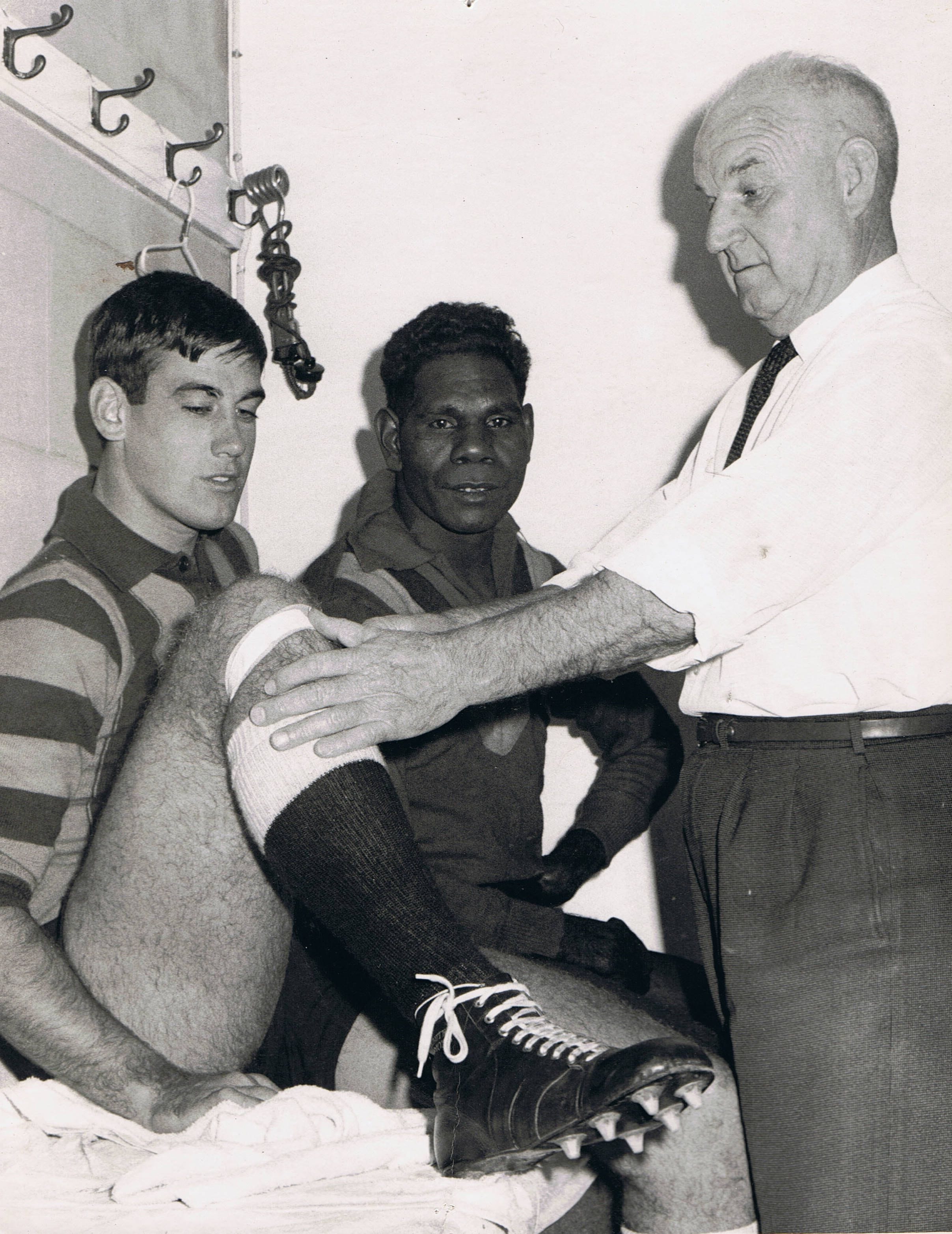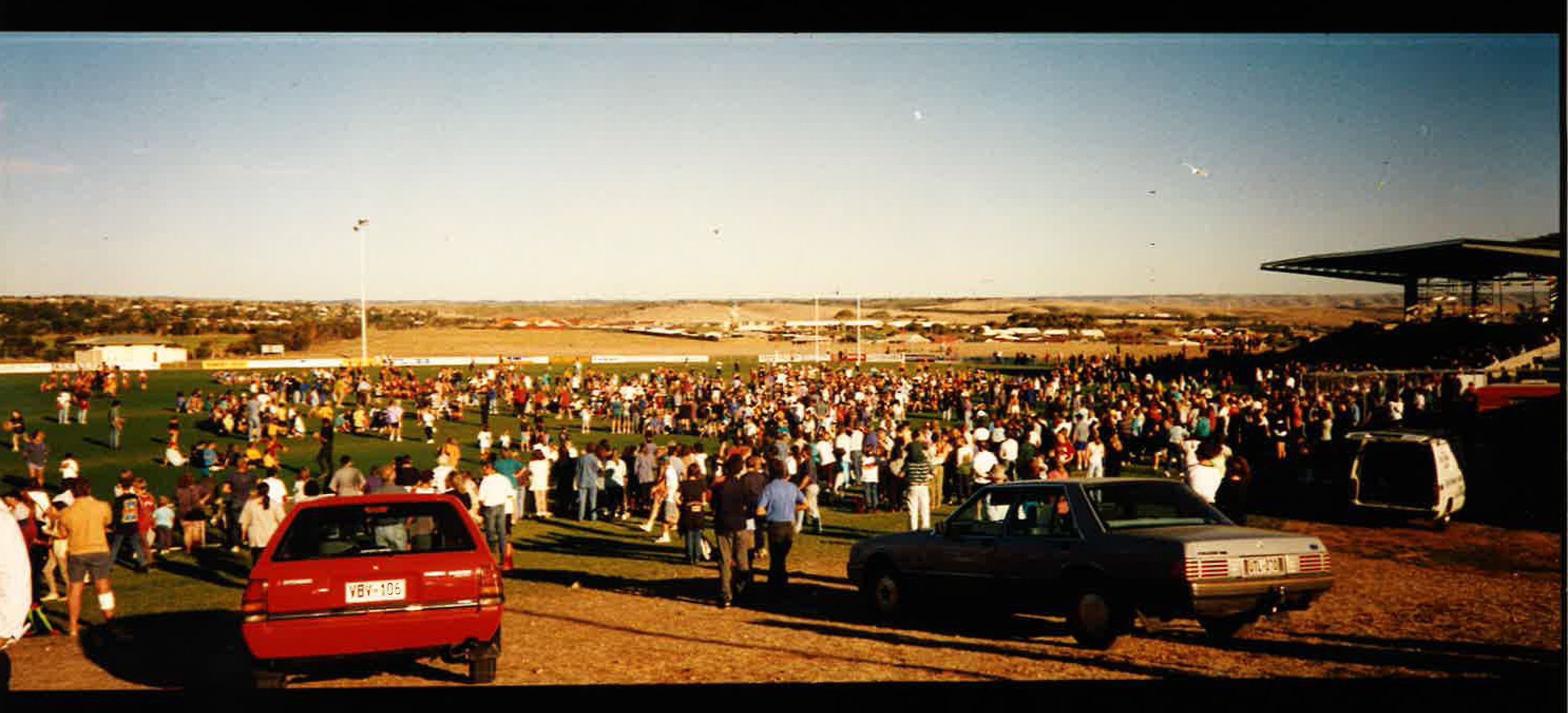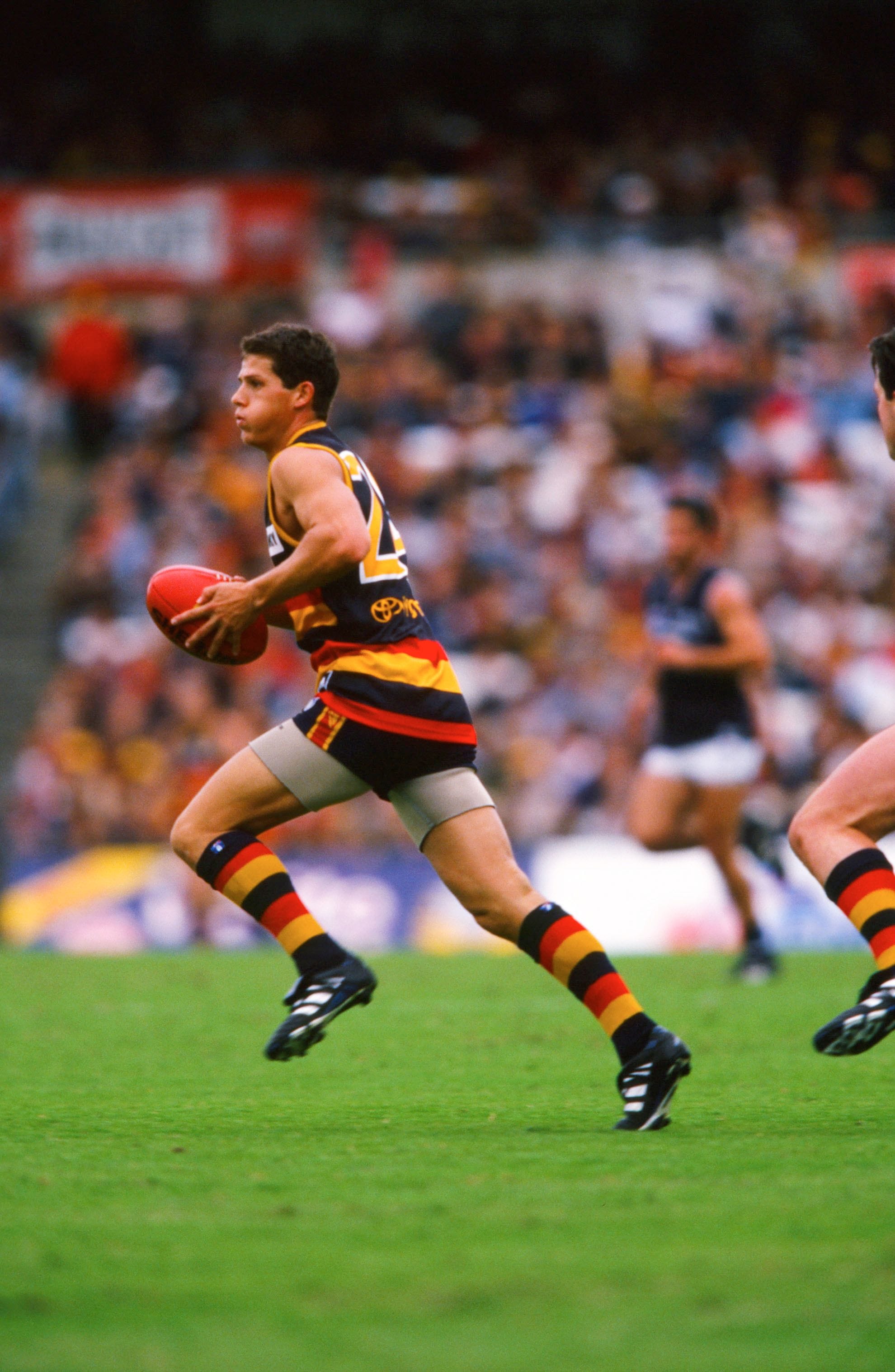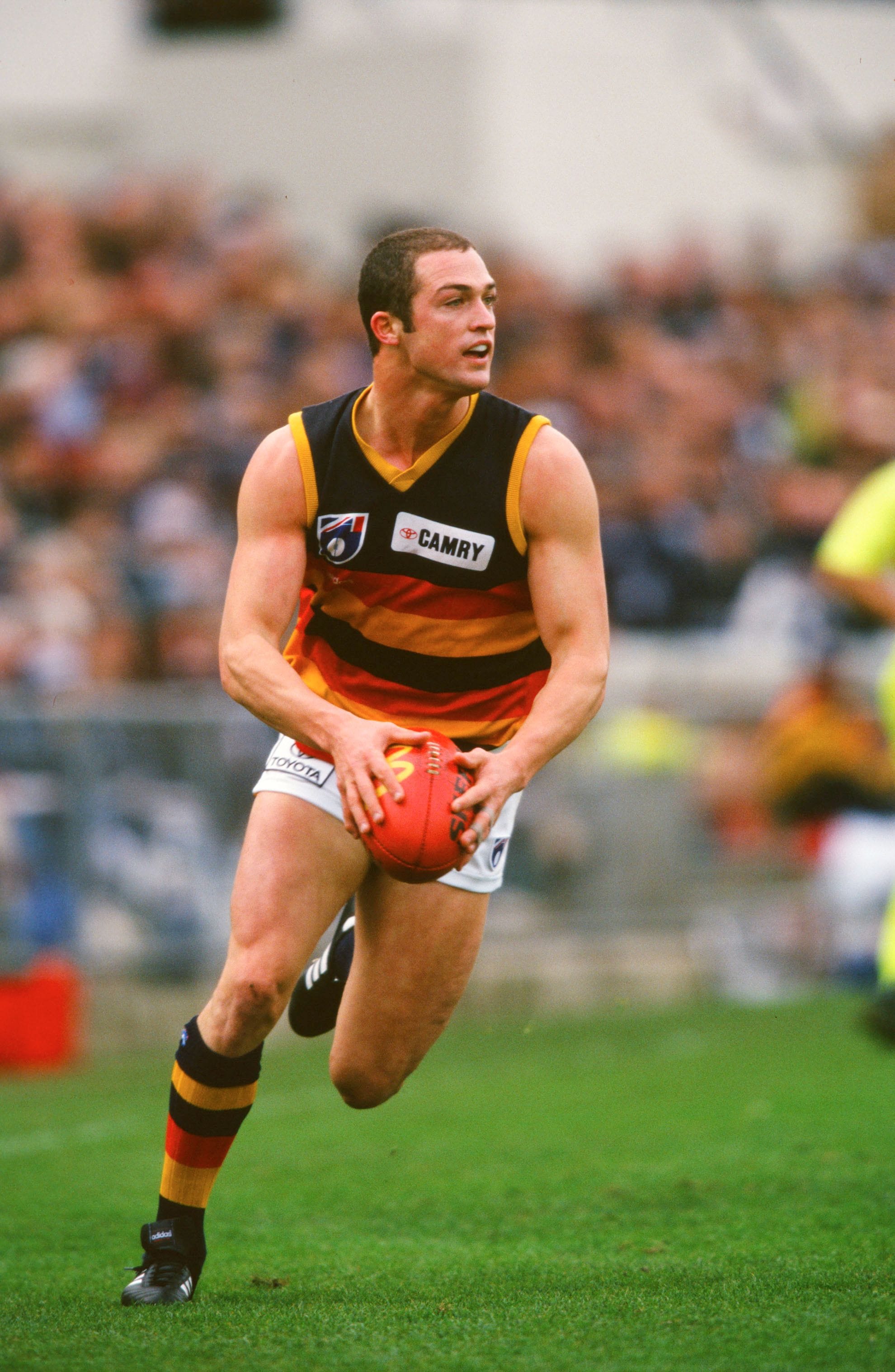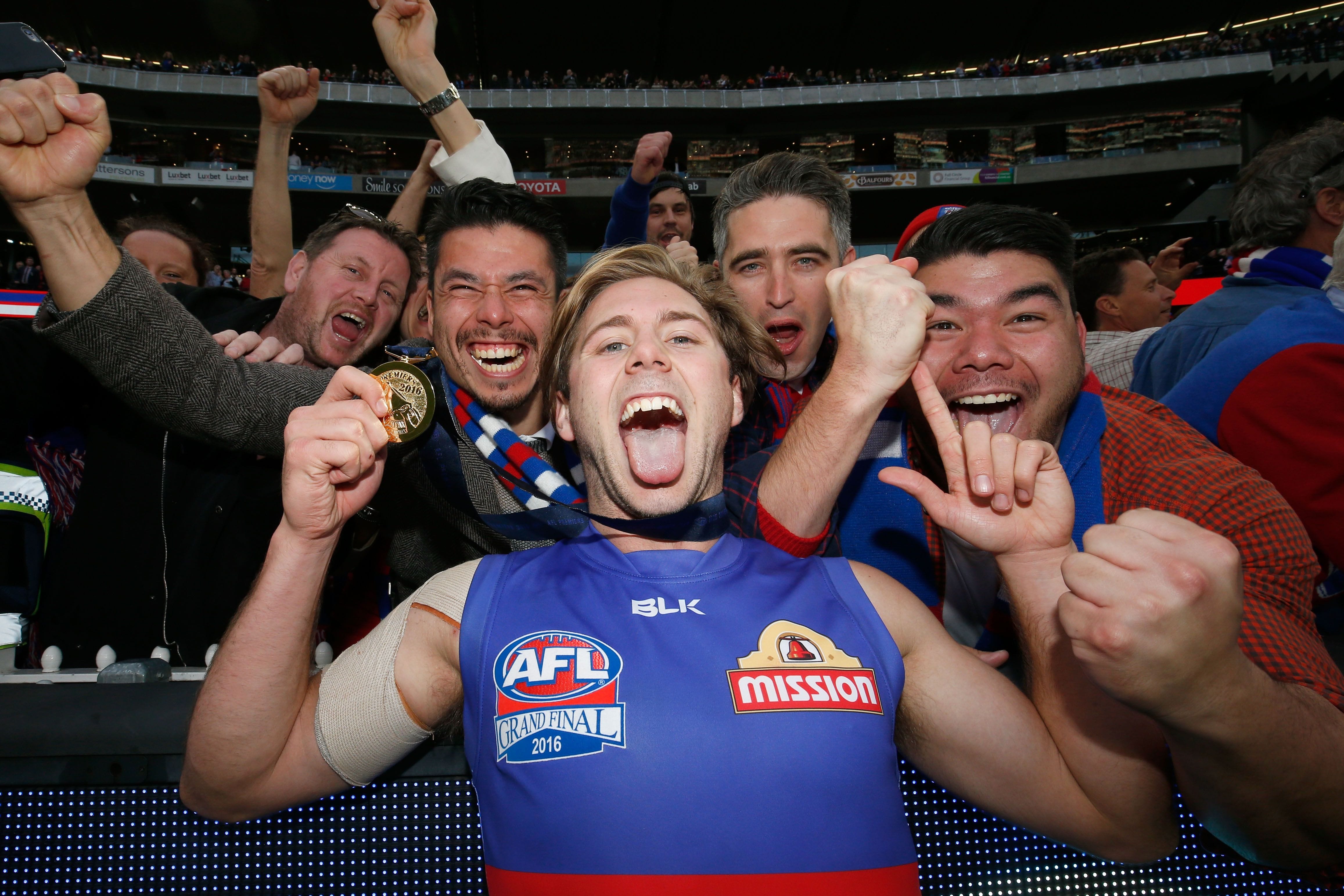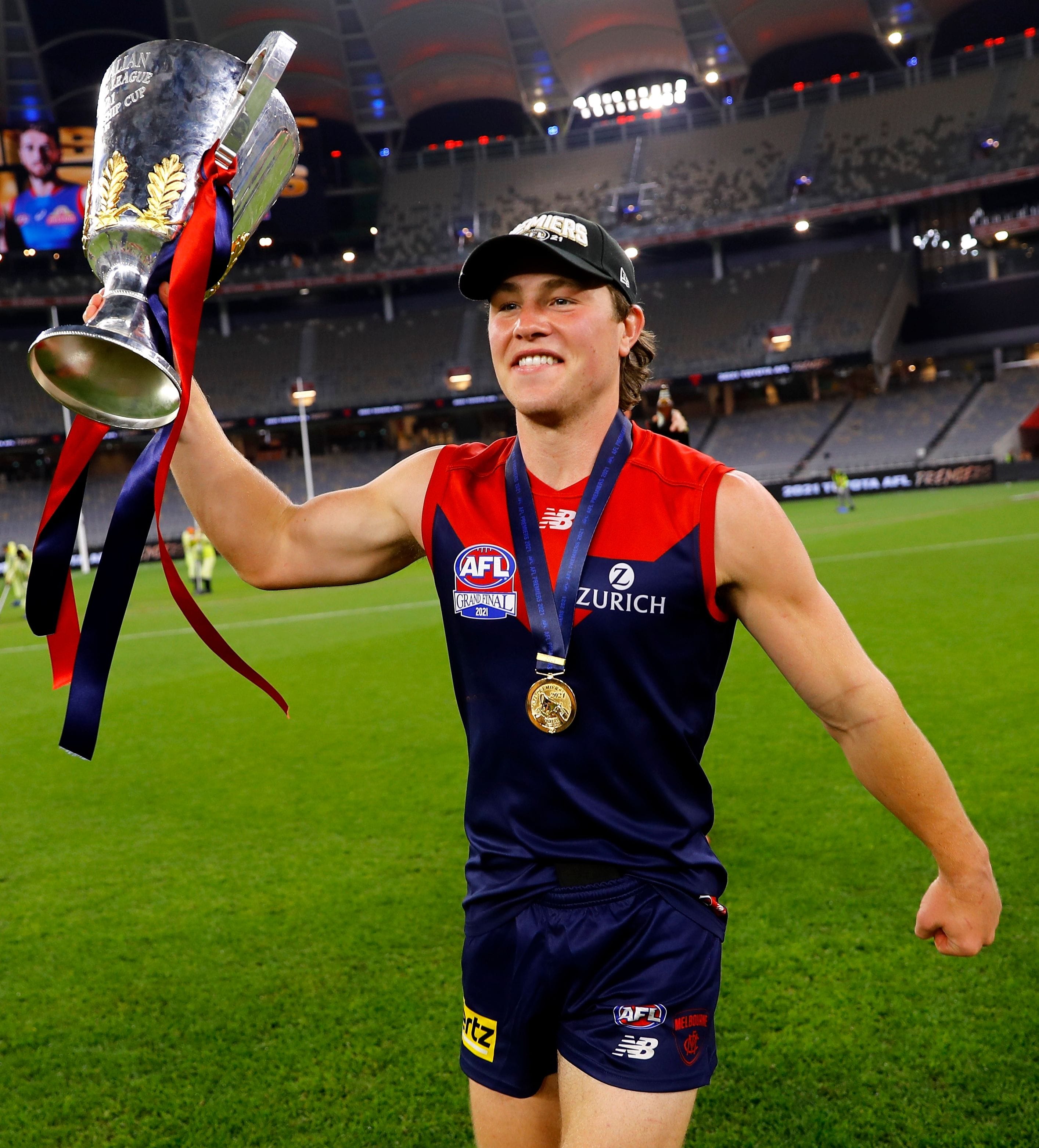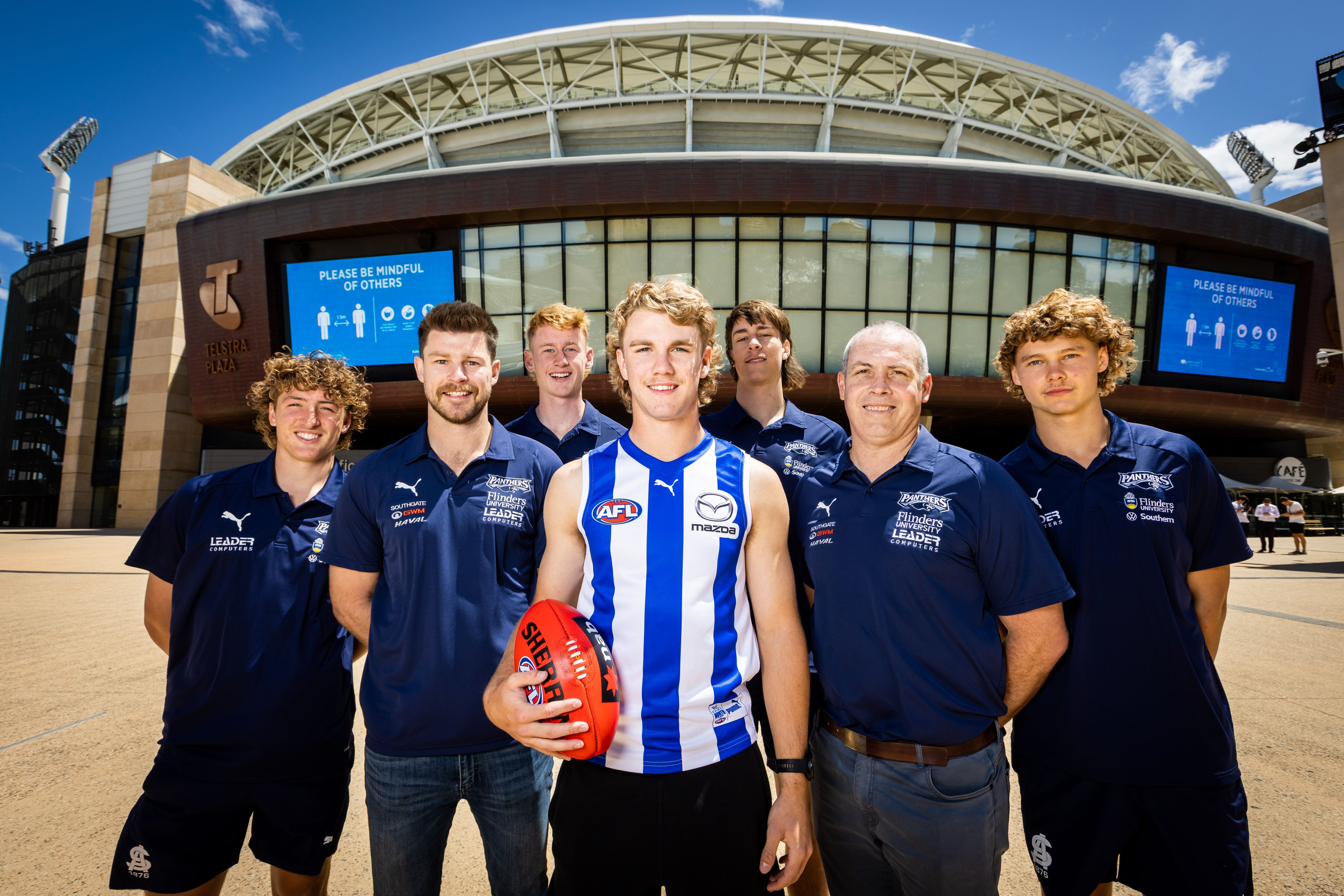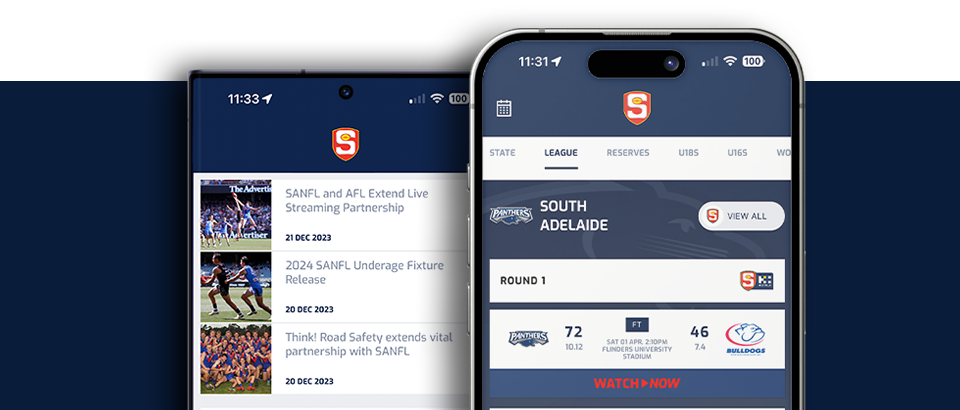The first mention of football being played in South Australia comes from a newspaper report in 1843 seven years after the colony was first settled.
This was probably some version of Gaelic football, as it was played between Irish colonists on St. Patrick's Day. However, the new version of football, which we have come to know as Australian Rules, began in Melbourne in 1858 and one of its founders, Henry Harrison, visited Adelaide to promote the game in 1860. At a meeting at the Globe Inn (where Myer now stands in Rundle Mall) a local football club was formed, known as the Adelaide Football Club.
This new club arranged matches between its members, who lived north and south of the River Torrens, and with another group known as Collegians, whose members attended one of Adelaide's private colleges. Other clubs were soon formed at Modbury (1862), Port Adelaide (1870), Gawler, Woodville, Kensington, and Willunga.
In 1875/76, a number of players broke away from the old Adelaide Football Club to form what became known as the South Adelaide Football Club.
The team we now know as the Panthers had its beginning at a meeting in the Draper Memorial schoolrooms.
From its very beginning, it wore blue and white, colours which it has carried right through the 140 years of its history to the present day. South Adelaide was credited with the premiership of the newly formed South Australian Football Association in its first year of operation in 1877, and then won another six premierships (and finished runner-up seven times) in the next twenty years.



